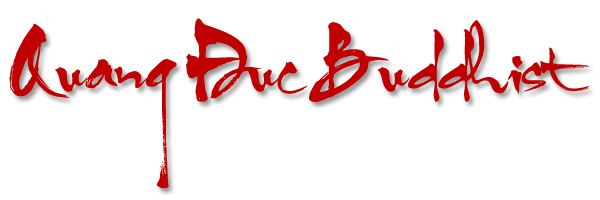- 1. Preface
- 2. Notes to Parents and Teachers
- 3. How to Impart Buddhism to Children
- 4. Devotional Exercises
- 5. The Life Story of Lord Buddha
- 6. The One Main Teaching
- 7. The Refuges
- 8. The Five Precepts
- 9. The Four Noble Truths
- 10. Right Understanding
- 11. Right Aims
- 12. Right Speech
- 13. Right Action
- 14. Right Livelihood
- 15. Right Effort
- 16. Right Mindfulness
- 17. Right Meditation
- 18. The Law of Karma
- 19. Rebirth
- 20. The Three Signs
- 21. The Seven Jewels
- 22. The Three Evils
- 23. Our Duties Towards Others
- 24. The Meaning of Wesak
- 25. Trusting to Luck
- 26. The Wheel of the Law
- 27. The Teaching of all Buddha
- 28. The Greatest Secret in the World
- 29. Filial Piety
- 30.Sincerity
- 31. Perseverance
- 32. The Drawings in this Book
- 33. Remembering Lord Buddha
- 34. A Buddhism Catechism
Venerable Sumangalo
We believe our two artists, Mr. Andrew Lim and Mr. Teoh Eng Soon have succeeded admirably in creating line drawings that not only illustrate the meaning of each lesson, but also “tease” us into seeking much deeper meaning in each picture than we might find after a hurried glance.
If we go through the lessons and study each illustrations, we are likely to find they encourage us to think, and that is one of the most cherished aims of any Dharma school. It is recommended by the compilers of this book that one or two lesson-sessions be devoted to a careful study of the illustrations. Each pupil should be encouraged to find his own meaning in each picture. If the children have exercise books or paper suitable for pencil or crayon sketching, then it is suggested that they be given a chance to compete for prizes for the best pictures drawn in each age group on an assigned subject or on subjects chosen by each individual child. Experiences has shown that some amazingly good talent is often discovered in this way. Moreover, such competitive activity, especially if coloured crayons are used, is much to children’s liking. It is the custom of many Dharma Schools in the Hawaiian Islands and North America to hold annual competitions in such drawing. Of course the subjects are always connected with Dharma School lessons.
SONG OF THE FUTURE
The Picture of the life to be
We paint in colours all our own;
And in the realm of destiny
We reap as we have sown.
We live our present lives again
With memory warm or coldly dim;
The pictures of the past remain,
Man’s work shall follow him.
-A. C. Constable.
QUESTIONS
- Can you do line drawings (black and white)?
- Can you do blackboard sketches?
- Would several of you like to try some blackboard sketches of Lord Buddha seated under the Bodhi Tree?
- How many of you like to make little pictures with pencil?
- Do you think the pictures in this book suggest many thoughts to us?
- Would you like to do sketches at home and bring them with you next Sunday?
- How many of you can do “cut outs” with scissors and paper?
- Could we make a series of pictures and cut outs to tell the story of Lord Buddha’s life?
- Would you like to have a drawing competition with prizes?
- Which of the illustrations is your favourite? Why?

